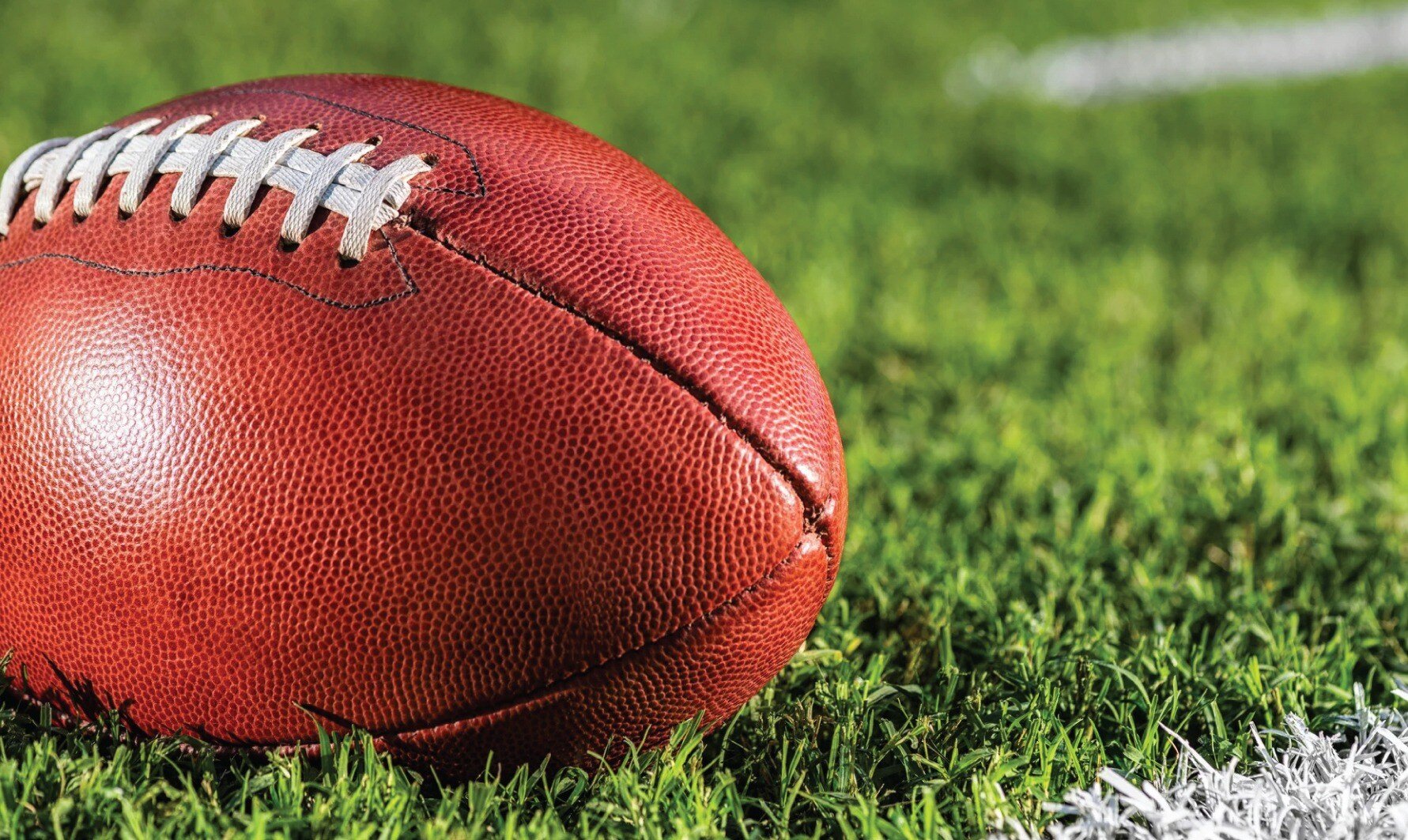Sports and Venue-Specific Emergency Action Plans Help Improve Athlete Health and Safety


Injury is inherent in athletics. While serious injuries can’t be eliminated, the ability to provide high-quality basic life support (BLS) following a serious injury is critical to improving outcomes.
If not already on-site, the average Emergency Medical Services (EMS) response time is approximately 6 to 10 minutes – and much longer if the EMS system is stretched thin at the time of injury. This is much too long to go without basic life support if there is to be hope for a positive outcome.
A sound Emergency Action Plan (EAP) that supports the provision of high-quality basic life support until the arrival of next level care is critical to saving lives, reducing the incidence of catastrophic outcomes for critically injured athletes, and mitigating risks for athletic departments.
5 Most Life-Threatening Injury Scenarios for Athletes
- Cardiac Arrest
- Cervical Spine Injury
- Exertional Heat Stroke
- Isolated Head Injury
- Truncal Trauma
Individual medical conditions which can already be life-threatening can complicate these injuries further.
Challenges for School Athletic Programs
When life-threatening injuries or illness occur to athletes, athletic programs face many challenges, including:
- Providing basic life support personnel and resources for an entire campus.
- After-hours access to resources that may be inside school buildings.
- Awareness and early recognition of signs and symptoms.
- Delayed or prolonged EMS response times.
- Buy-in from staff to complete annual training.
Essential Best Practices
A Sports and Venue-Specific Athletic Emergency Action Plan is the single most important effort an athletic department can undertake to improve player health and safety and mitigate risk. Below are some essential best practices to help your school.
- Develop a written EAP for each sport and venue that includes:
- Facility maps indicating the location of automated external defibrillators (AEDs) and other essential First Aid resources. Click here to see a sample EAP.
- A response or care team to provide appropriate basic life support for injured or ill players and coaches until the EMS arrives.
- Instructions for notifying the EMS, including venue address, nearest intersection, and designated rendezvous location. View Essentials for Calling 911.
- Supply and maintain an appropriate basic life support First Aid kit for each team. See recommended Red Kit contents here.
- The supplies in these kits must be purposely selected based on the training and capabilities of those who will be called to respond.
- Create a process for maintaining the readiness of emergency kits.
- Provide important information and resources for teams when traveling.
- Travel with an appropriate BLS emergency kit.
- Consider a mobile AED to ensure access in case the host venue is not equipped.
- Ensure access to athlete health history and emergency contact information to provide to EMS and emergency room personnel.
- Create individual response plans for athletes with specific medical conditions.
- A specific response plan should be accessible for conditions like asthma, anaphylaxis, diabetes, and other known medical conditions.
- Facilitate annual training to help ensure coaches are aware of the inherent risks in their sports.
- This should include knowing specific signs and symptoms indicating the need for immediate action, and where to go and whom to contact when additional resources are needed.
- Training must be mandated to be truly effective.
- Foster an ongoing assessment and review of the EAP process to help ensure the most appropriate approach is in place.
- Any time the EAP is activated, the incident should be reviewed to see if changes are warranted based on what was learned.
- Conduct a pre-event EAP overview meeting, which is a critical piece of the EAP puzzle. View recommended topics.
- Review roles and responsibilities of the response team.
- Review location of personnel and equipment.
- Review process for activating EMS and the location of the EMS rendezvous location.
- Identify who will meet EMS and escort them to the injury scene.
- Discuss the process for maintaining scene safety and security.
If you have any questions, please reach out to Educational Institutions Segment Specialist Mike Centrone at michael.centrone@uticanational.com.
About the Author
Michael Cendoma, a certified athletic trainer since 1991, has served as the CEO and Program Director at Sports Medicine Concepts (SMC) since founding the company in 1995. Mike founded SMC because of his involvement in the management of a critically injured athlete very early on in his career as an Athletic Trainer. He oversees SMC’s Elite Sports Emergency Care Simulation Center and the company’s flagship In 2Mins or Less!® sports emergency care program. Its suite of services includes Emergency Action Plan development and review, emergency response training, and independent third-party process review.
¹ “Emergency Action Plans.” University of Connecticut Korey Stringer Institute. January 23, 2025. https://koreystringer.institute.uconn.edu/eap/
9A3155
Recent Posts



